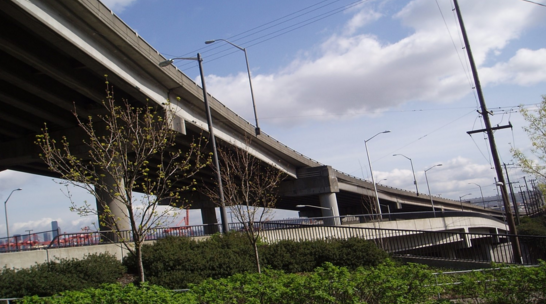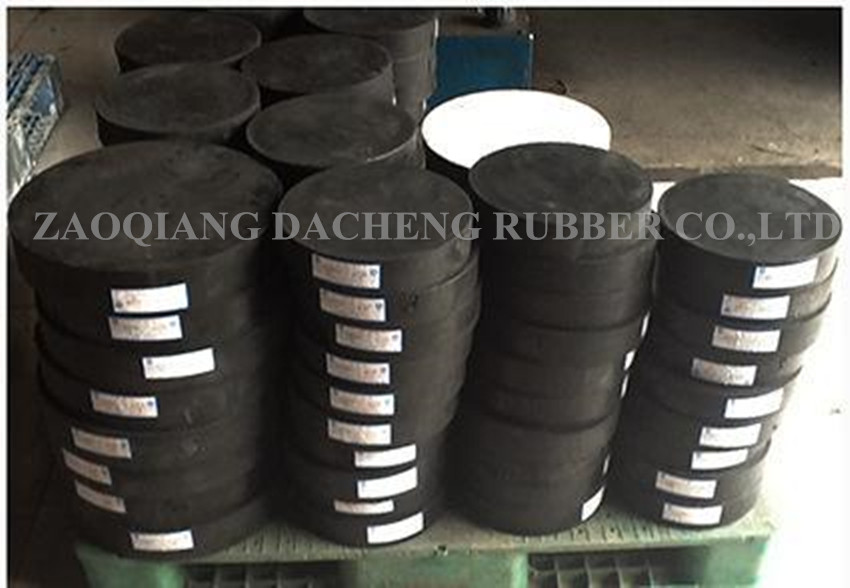
The previously delayed start of the Fauntleroy Expressway (West Seattle Freeway) Bearing Pad Replacement Project has been rescheduled, with the first overnight closure of the structure now slated for Sunday, May 15. This will be the first of an expected 40-50 weeknight closures of the structure, with closures each week beginning on Sunday evening and finishing on Friday morning. The bridge will be closed from 9 p.m. each night until 5 a.m. the following morning. The Expressway will NOT be closed on Friday or Saturday nights. SDOT appreciates the public’s patience while this work is being done.
On those weeknights with Mariners or Sounders games with attendance of 20,000 or more, the Expressway closures will not begin until 11 p.m.
Daytime preparatory work underneath the bridge will begin next Monday, May 9. This will include pressure washing the underside of the structure, which will require to closure of the parking underneath the structure. (Once the overnight closures begin, the parking restrictions below the bridge will be limited to the work zone under active construction.)
The contractor may reduce traffic on surface Spokane Street below the bridge to a single lane in either direction. However, under the Alaskan Way Viaduct reopens, the two eastbound surface lanes of Spokane Street will remain open each morning until traffic dissipates, which may be as late as 10 a.m. In the afternoon, the contractor will maintain two westbound lanes no later than 3:30 p.m.
Construction crews will be replacing the 674 bearing pads on the Fauntleroy Expressway from just west of the Delridge Way on/off ramp westward to where the road turns south (where the road is no longer a bridge.) Bearing pads provide a cushion between the bridge girders and the horizontal support for the girders, and are important to preserving and protecting the long term integrity of the bridge.
The work is complex, requiring each bridge segment to be jacked up in order to remove the old bearing pads and install the new ones. Crews will set up the jacks on the underside of the bridge during the day, with the actual jacking and bearing pad replacement work done at night while the bridge is closed (impacting the fewest number of motorists). The work will move from east to west, one horizontal support at a time.
The Fauntleroy Expressway was built in 1963, spans 2,527 feet and carries more than 60,000 vehicles per day. An initial seismic retrofit of the structure was completed in 1994, when column jackets were erected around select columns, and post tensioning was added to the supports. Longitudinal restrainers were also included to interconnect the roadway over each support.
A second phase of seismic retrofit began in 2011, when SDOT updated the structure by strengthening 33 columns with steel jackets, strengthening pile caps, and adding longitudinal restrainers. At the time, it was decided to take advantage of the seismic work by also replacing the original bearing pads which were reaching the end of their service life.
SDOT engineers discovered a problem after the bearing pad replacement had been completed. The outside design consultant had order the wrong pad. Instead of replacing the existing pads with rigid ones, they mistakenly ordered less rigid pads. The design consultant has acknowledged their error, and will be paying the $1.9 million cost of replacing the pads.
New standards for bearing pads have since been established, so the bearing pads being installed now will have steel shims imbedded within them, which is expected to give them a longer service life than the originals.


